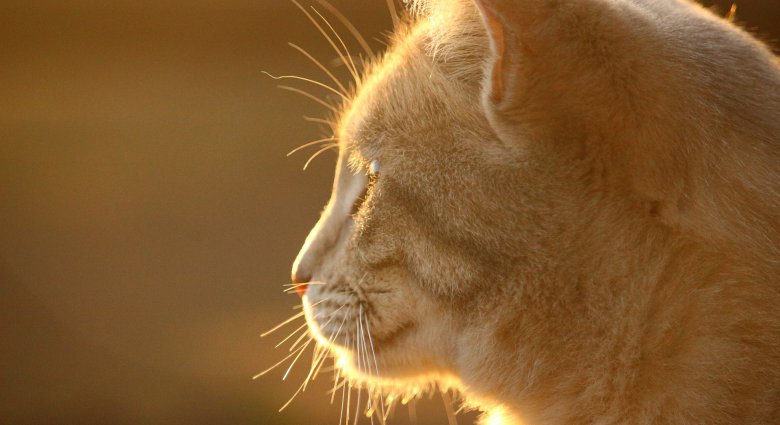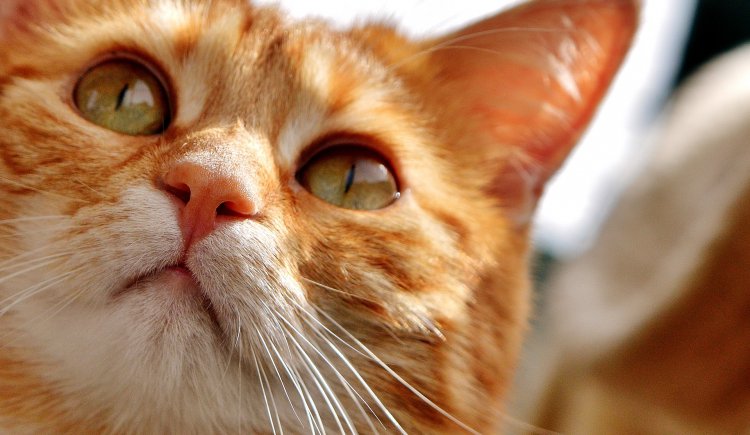
Diabetes in cats
The pancreas has very important functions in every living organism. He is responsible for the production of insulin, an extremely important hormone. Insulin is essential for the organs in the body to receive the glucose supplied by the blood. Glucose, on the other hand, is a fuel for our body, allowing for energy production and proper functioning of our body. If there is not enough insulin in the body, blood sugar levels rise dangerously - glucose is not supplied to any organs.
Excess sugar removes the kidneys, in this case overloaded. The body must look for new sources of energy, using the reserves of protein and fat. This leads to a gradual impairment of some of the body's functions. Ketone bodies, which are a by-product of these processes, are an additional factor attacking and destroying the body.
Diabetes in cats
There are three basic types of diabetes. The first two belong to primary diabetes, the third to secondary diabetes.
Type 1 is quite rare. In this case, the body's defence mechanisms begin to attack the pancreatic cells, leading to its gradual destruction. Type 2 consists of amyloidosis of the pancreas. Most often it is a natural effect of aging of the body.
Type 3 is caused by hormonal factors. Ailments such as hyperthyroidism and adrenal cortex dominate here. There are also factors such as continuous stress, the use of certain hormonal drugs and steroids.
Slightly older cats, over 10 years of age, are at highest risk of developing diabetes. Exotic breeds such as Siamese and Burmese cats are also susceptible to this disease.
Cats' diabetes mellitus - causes
Diabetes can be caused by many different factors. There are, of course, natural conditions, such as genetics, which significantly increase the risk of falling ill. However, some factors are related to things we can influence. The risk increases significantly in cats suffering from obesity, so the owner should always take care of a healthy diet and physical activity of their pet. The risk is also increased by taking certain medications and diseases such as pancreatic cancer or hyperthyroidism.
Diabetes in cats - symptoms
A diabetic cat becomes weakened and devoid of energy. The mouth begins to emit a characteristic, unpleasant smell. The animal also often has problems with claws and burying. Appetite increases, although body weight is constantly decreasing. The cat has an increased thirst. This is due to excessive urination, which leads to dehydration of the body.
A characteristic feature of diabetic cats is the so-called diabetic neuropathy. You only need to look at how our pet is walking - in the event of such ailments he will put his whole foot on the ground.
Some symptoms of diabetes in cats are the same as in humans. Here, too, the disease damages the eyesight, which leads to cataracts. At some point, when the disease is quite advanced, acute diarrhoea and vomiting appear. This is a symptom of ketoacidosis. Such an acute poisoning of the body can already pose a direct threat not only to the health, but also to the life of the cat.
The basic diagnostic test here is morphology, which aims to determine the level of blood sugar.

Diabetes in cats - urine test
Precise morphology and urine tests are a must for cats suspected of having diabetes. It is also necessary to determine the level of creatinine and urea. If your pet has an excessive thirst, it may suffer from kidney failure. The most important thing, however, is to examine the animal's blood and urine sugar levels. If it is clearly elevated, diabetes mellitus is almost certainly present.
It's important to make sure that the tests are not too stressful for your cat at the same time. Stress leads to an increase in sugar levels, which means that the results are not meaningful.
Diabetes in cats - treatment
There is no way to cure diabetes completely. Only medicines that regulate blood sugar levels and allow the animal to live a normal life without pain are used.
Diabetes in cats - prognosis
Sometimes drug therapy does not bring the intended results. This is when insulin is administered. However, cats have a different metabolism than humans, which makes it necessary to use appropriate doses. Sometimes a few weeks of insulin administration is enough for the symptoms of diabetes to retreat significantly.
Diabetes in cats - diet
Diabetes cannot be controlled without a proper diet - this applies to both humans and cats. A sick animal's diet should contain as many easily digestible carbohydrates and proteins with high bioavailability as possible.
Diabetes in cats - food
Special foods for cats with diabetes are available in shops. Its composition usually contains an increased amount of protein with a simultaneous reduction of carbohydrates - the latter cause an increase in blood sugar levels. It should be remembered that it is necessary to exercise constant control over the sick animal. Only a pet owner who knows his or her needs can control whether or not he or she is eating the right food at the right time.
View

The Do’s And Don’t’s Of Livestock Water Troughs

The process of domestication of horses





























